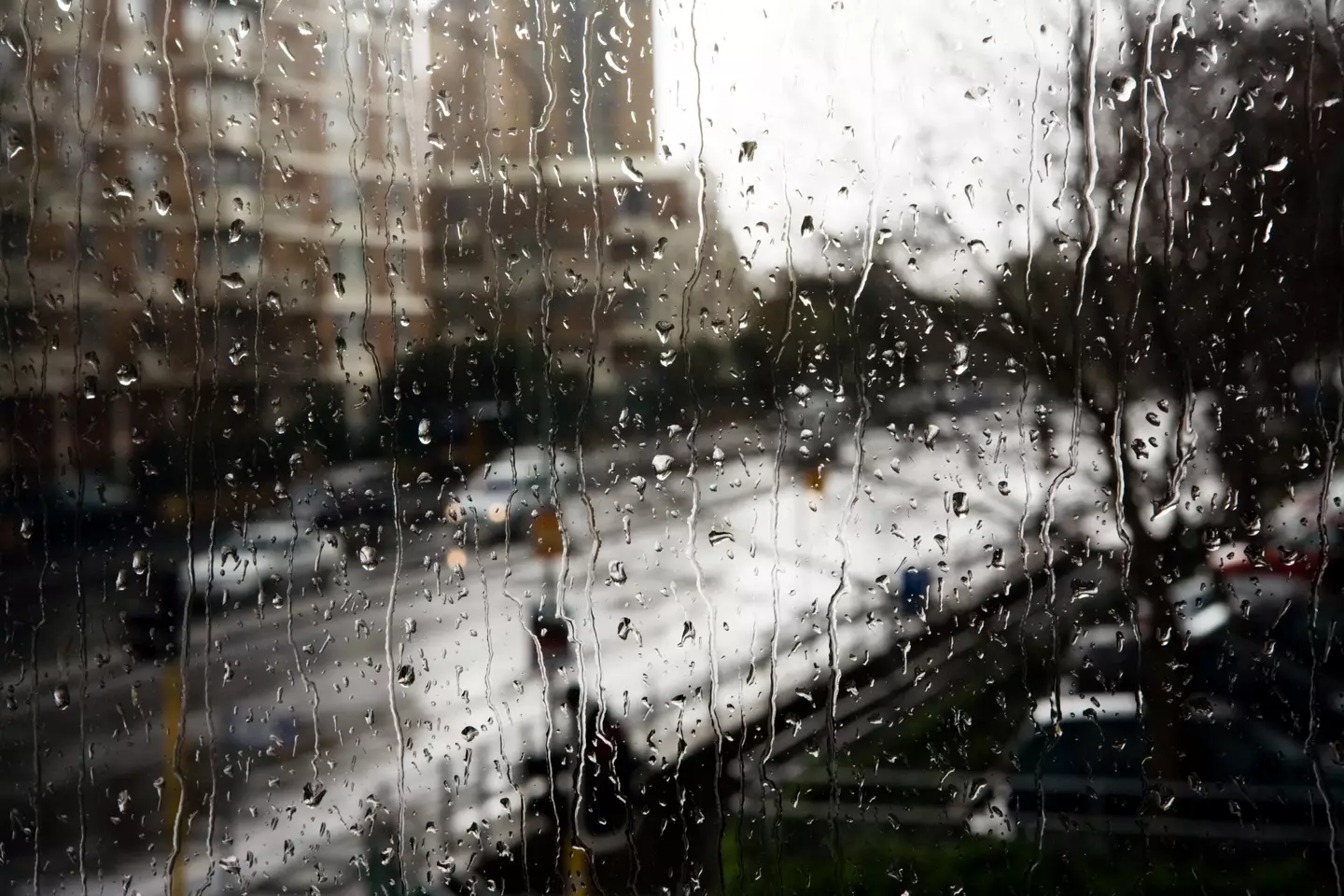A doctor has explained the seven signs that you’re not just feeling down about the end of summer, and might have ‘seasonal depression’.
As we continue down the path to the autumn and winter months, more layers get put on when we go outside, the sun is seen less often and the weather gets more and more miserable. Not to dampen the mood or anything.
But the fact of the matter is, as our daylight hours decrease, so do our moods – you may notice yourself feeling sadder or with a higher tendency of feeling down after the clocks go back.
This isn’t a coincidence though, and it’s more than just missing the sun or summer activities, it could be a mental health issue that is worth paying attention to.

It’s almost that time of the year (Getty Stock Photo)
What is seasonal affective disorder?
Something that is often referred to as seasonal depression, but officially known as seasonal affective disorder (SAD), is a type of depression that comes and goes with the seasonal pattern.
The symptoms of the condition are usually more serious during the colder months, though some of those with SAD may feel it the other way around.
It is unclear on what the exact cause of SAD is, but it has been linked to less exposure to sunlight, according to the NHS, as days get shorter in colder months.
In theory, this will affect the production of melatonin, a hormone that helps you feel sleepy and serotonin, a hormone that can affect your mood, appetite and sleep.
Your body clock may also be affected by it, but there are a few sure-fire signs to tell if you are suffering from SAD, according to a clinical psychologist with over 586,000 followers on her social media accounts.
Dr Kirren took to TikTok to highlight the seven ways that can reveal if you’re suffering from SAD ahead of the autumn and winter months.
The medical expert called the condition ‘winter depression’, and later added: “These symptoms will usually happen during the autumn and winter months when it’s darker.
“As spring and summer approaches, these symptoms improve or disappear.”
A feeling of hopelessness
Dr Kirren explains that if ‘you feel sad and hopeless with an emptiness’, or feel down more often than normal for no particular reason, it may be a sign that you are suffering from SAD.
Constant fatigue
“Even after a full night sleep, you feel fatigued, tired and have very little energy,” she highlighted as a sign of the disorder.
This is often a concern if you still feel drained while going through your day, having very little energy and being more tired than normal.
You may even find yourself sleeping longer and struggling to wake up in the morning, which also contributes to fatigue.
Craving carbs
If you have an increased need to snack as the days go on, and in particular, wanting ‘to eat lots of comfort food’, you should try to control that urge, as it may bring on the dreaded winter weight that many try to avoid.
Increased irritability
Getting annoyed more easily or finding yourself getting irritated at the smallest things during the winter period can indicate that you have SAD.

If you find yourself feeling more tired, irritable or inclined to snack in the next few months, you could have SAD (Getty Stock Photo)
Difficulty in concentrating
Dr Kirren explained that if ‘it’s become more difficult to concentrate
and make decisions’, it could be a sign of seasonal depression as your brain could find it more difficult to concentrate on simple everyday tasks.
No desire to socialise
if you have ‘lost the motivation to do things that interest you’, or hobbies in general as the cold sets in, it can be a sign of SAD, while the decreased desire to go and see friends and family can also indicate that you have the condition.
Physical problems
Finally, if you find yourself with more headaches, muscle aches and stomach problems than normal, or if you are consistently experiencing any of the problems above, you might want to see a GP to assess your mental health.
The main ways to treat SAD are to get as much natural sunlight as you can, exercise regularly and monitor your stress levels.
The use of a light box can be used for light therapy, simulating exposure to sunlight, though some may prefer talking therapies such as counselling to combat their SAD.